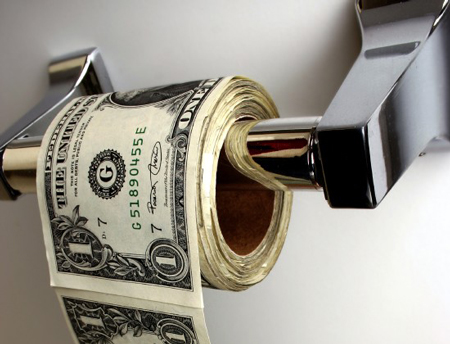
Senior Australian economist Adrian Blundell-Wignall, special adviser to the OECD’s secretary-general, said yesterday that:
“Australia is in a very unfortunate position…Having done the right thing, having no capital controls, Australia is now facing the whole avalanche of world investors seeking out Australian assets…the yen had been strong not because interest rates there (in Japan) were high, but because it was one of the countries that wouldn’t do anything to push its exchange rate down”.
Quantitative easing had created a gigantic bubble in global bond markets, whose bursting would cause enormous damage, and had pushed equity markets “above fair value”, he said.
“The idea we can have free or cheap money forever is ridiculous,” he said, suggesting that quantitative easing had helped restore global banks to profitability without fixing serious flaws in the global banking system.
Stressing that Australia’s big banks were sound relative to their global US and European peers, the former Reserve Bank official argued that unweighted capital ratios were still far too low and that the new global banking accord, known as Basel III, was in effect toothless.
“Banks use their internal models to reduce their ‘risk-weighted assets’, which leaves them massively leveraged,” Mr Blundell-Wignall said. The benchmark minimum 8 per cent capital ratio was based on risk-weighted rather than total assets.
Hmmm, good stuff from a very smart guy. I’ll only add that internal risk-weighting models are precisely why Australian banks are also woefully under-capitalised. We are not different, sadly.

